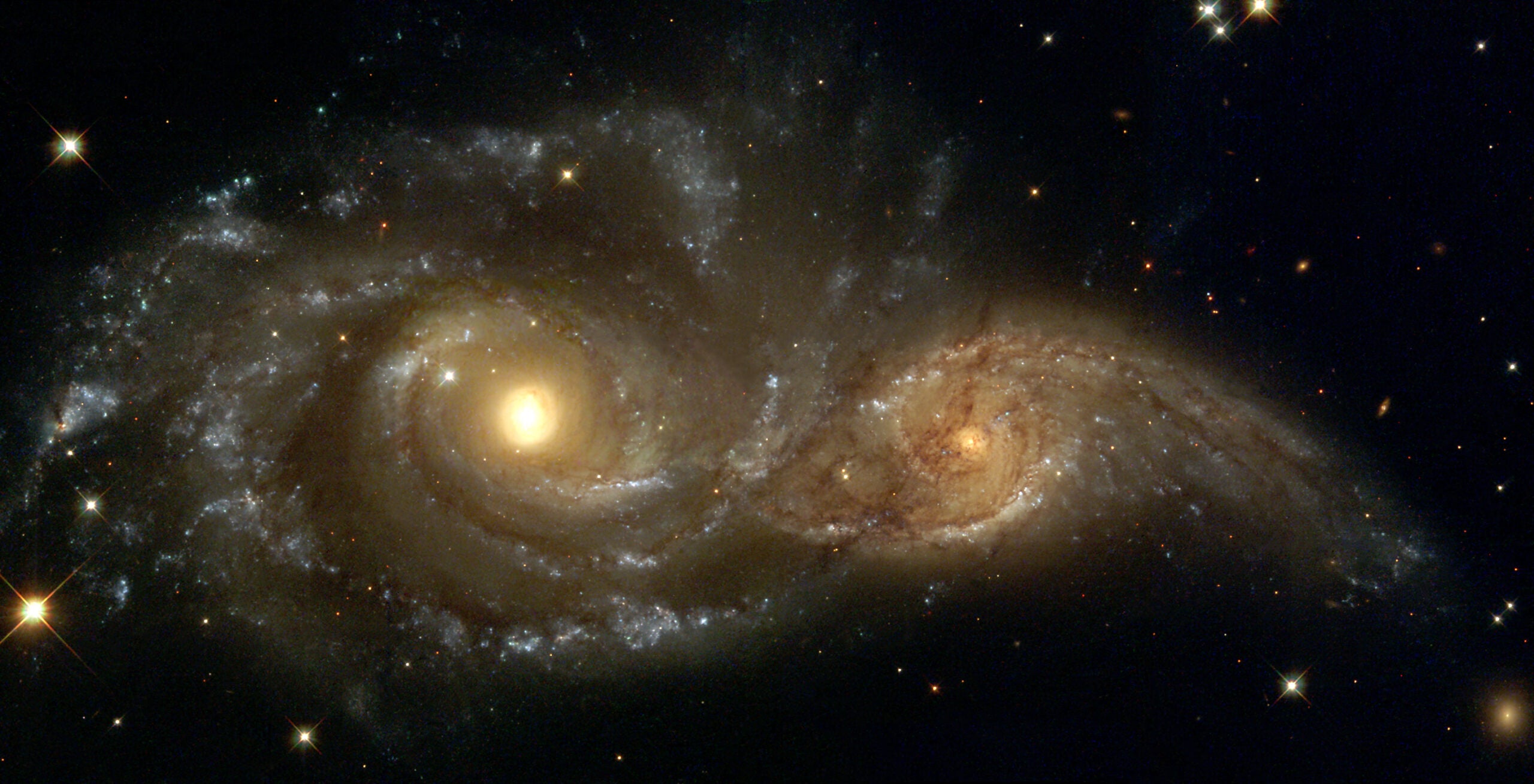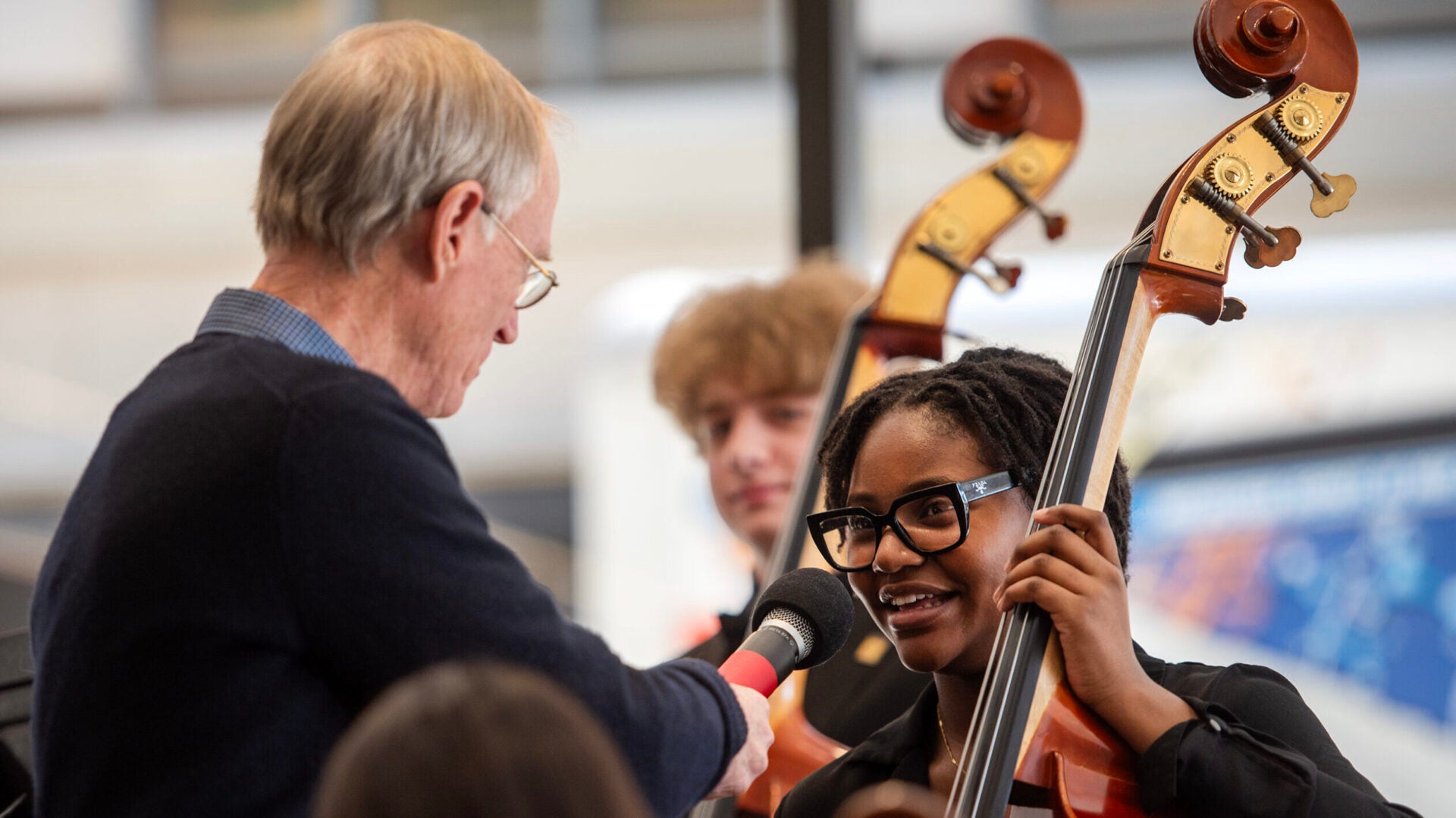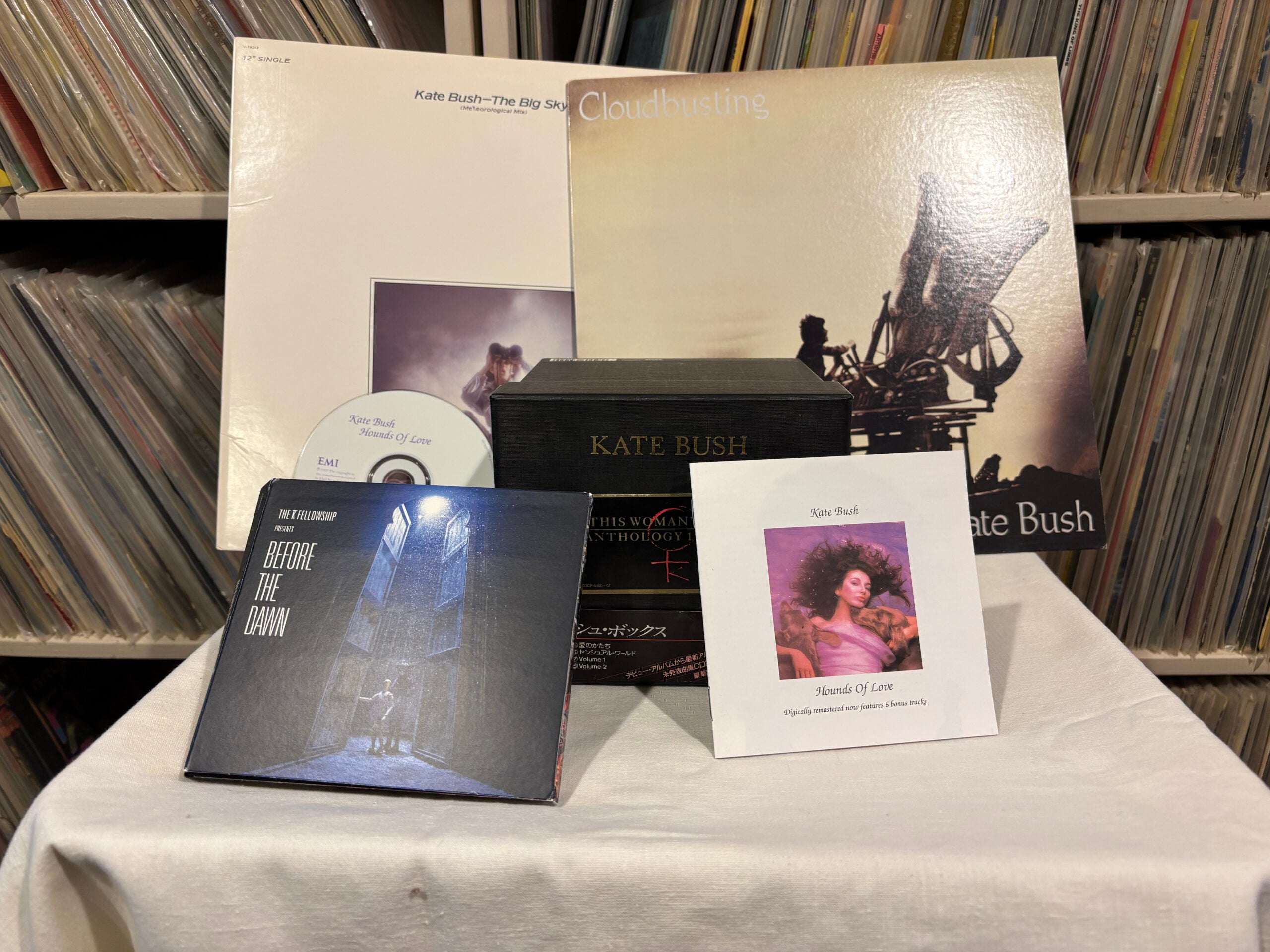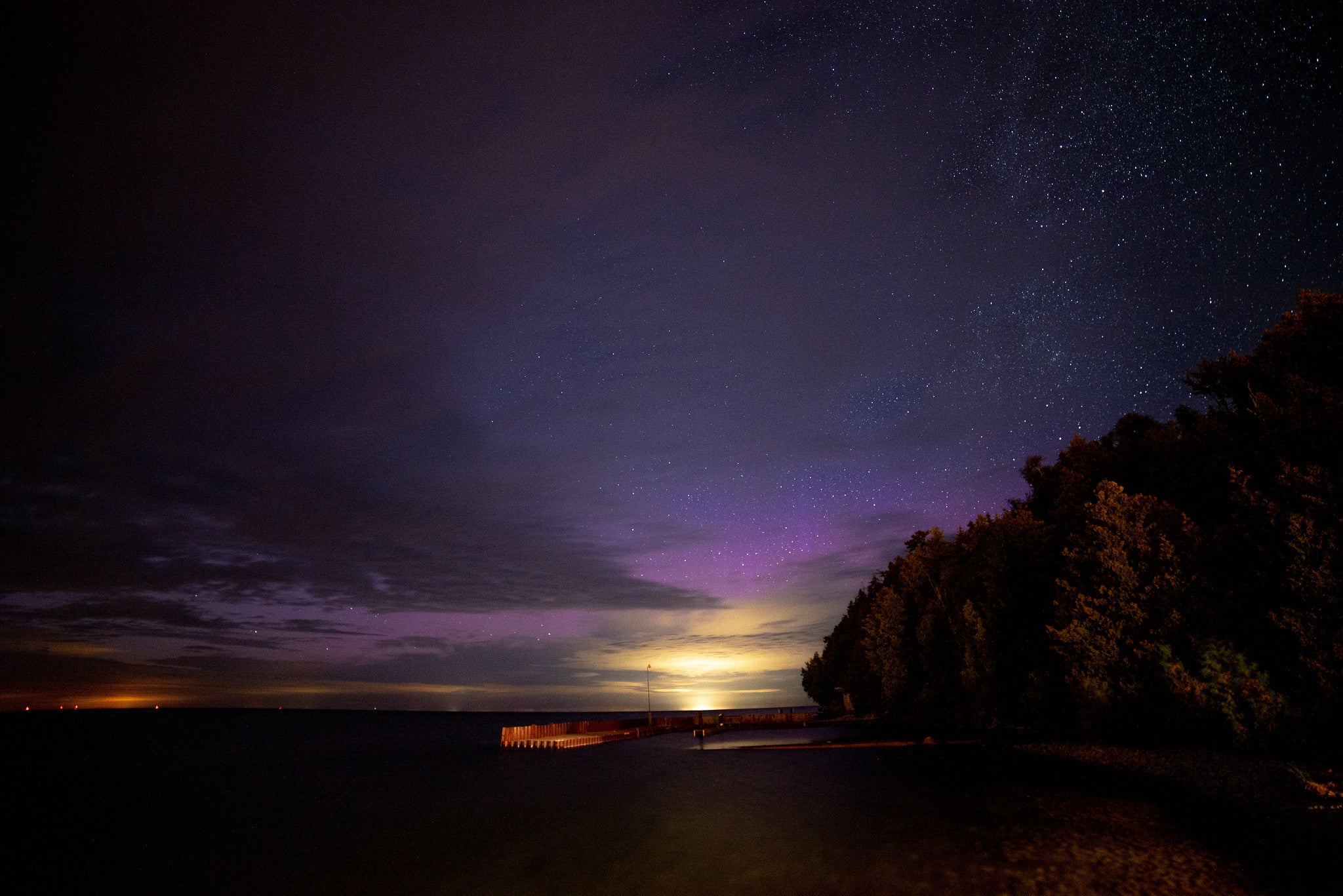The excitement of the recent arrival of NASA’s Juno probe at Jupiter, combined with summer’s warm, clear nights might put you in the mood for stargazing. Our understanding of space has dramatically changed over the years, yet mystery still surrounds the night sky.
The English composer Gustav Holst was fascinated by both astronomy and astrology, and in 1916 produced his orchestral suite “The Planets.” The suite’s seven movements portray each planet (except Earth) with a colorful array of sounds and feelings, from playful to mysterious. A great time to enjoy “The Planets” is when you have a chance to view the planets for yourself. Right now, at the beginning of August, Mars and Saturn are easily visible in the early evening sky. Jupiter is visible during the afternoon, but can be more difficult to see.
“Mars, the Bringer of War” lives up to its name. This powerful and dramatic music opens the suite:
News with a little more humanity
WPR’s “Wisconsin Today” newsletter keeps you connected to the state you love without feeling overwhelmed. No paywall. No agenda. No corporate filter.
“Saturn, the Bringer of Old Age” is more somber, and slowly lumbers towards a vibrant climax. There is an overall tone of inevitability and final acceptance that plays true to the title:
“Jupiter, the Bringer of Jollity” is the most popular movement from “The Planets.” The beautiful central melody has even been turned into a hymn and a patriotic song. This piece is so well-known, in fact, that you may like a different take on it. In the 1970s, the innovative Japanese composer Tomita created this version using synthesizers:
Get outside and look for the brilliant planets in the night sky. Happy viewing (and listening)!
Wisconsin Public Radio, © Copyright 2025, Board of Regents of the University of Wisconsin System and Wisconsin Educational Communications Board.






